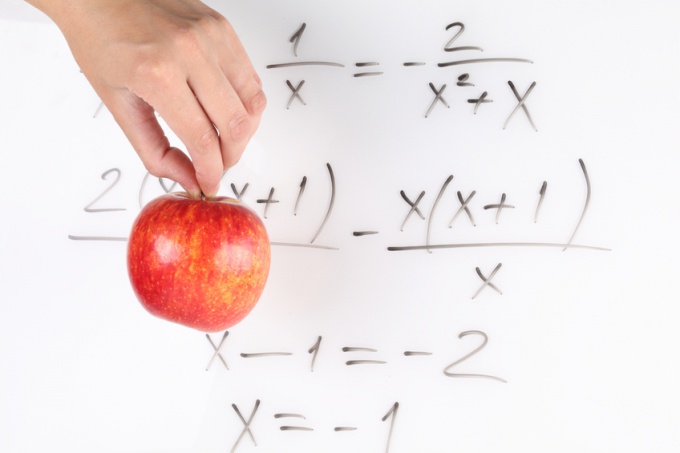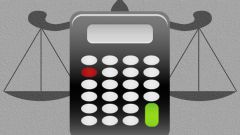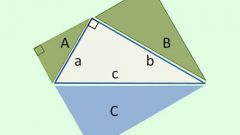You will need
- - Algebra textbook for 7th grade.
Instruction
1
The numbers that are on the edges of equality, are called extreme. Accordingly, those that are in the middle – average. The main property of proportions is that the outer and middle part of the equality can be multiplied among themselves. Take the proportion of 6:3=8:4. Multiply between the extreme end, you get 6*4=24, work the middle parts will also be equal to 24. Hence the conclusion: the work of some of the parts of the ratio must be equal to the product of the other parts (far = average).
2
Take this property of aspect ratio on the arms, calculate the unknown term of the equation for x:4=15:3. In order to find an unknown part of a proportion, use the rule of equivalence of extreme and middle parts. Write this equation as: x*3=4*15. Solving this equation you get the correct proportion.
3
If the proportion is large or fractional numbers, it can be simplified. Reduce both members of the relationship on the same number of times. To avoid violations of the aspect ratio, do this: 40:10=60:15. Increase both members of the relationship three times (120:30=60:15), or decrease part of the second relationship (40:10=12:3). Both proportions will be correct.
4
Increase or decrease of proportion only the same number of times. Having simplified the conversion, you loose the fractional proportion of the members and simplify the equation. Take an example: 200:25=56:X. not to perform the calculation with big numbers, divide them by the same number. If this number is to take 25, the equation will be as follows: 8:1=56:X. an Unknown part of this equation, you can determine in the mind, without resorting to complex calculations.
5
Parts proportions can be rearranged. Take the proportion 3:5=12:20. Move the extreme end of the (20:5=12:3), possible and simultaneous rearrangement of all the parts (20:12=5:3). All the proportions are correct. So from one aspect ratio, you will get some, and they are all correct.
Note
Rearrange the pieces of proportions sometimes handy when solving problems.
Useful advice
The main property of all proportions: ab = bc.










